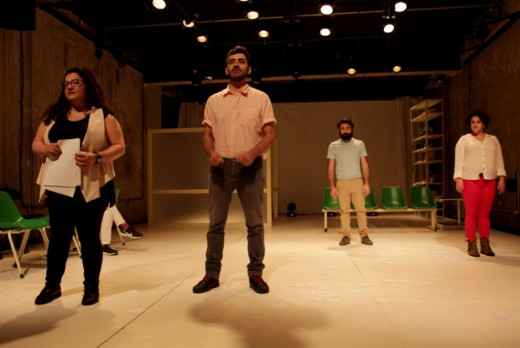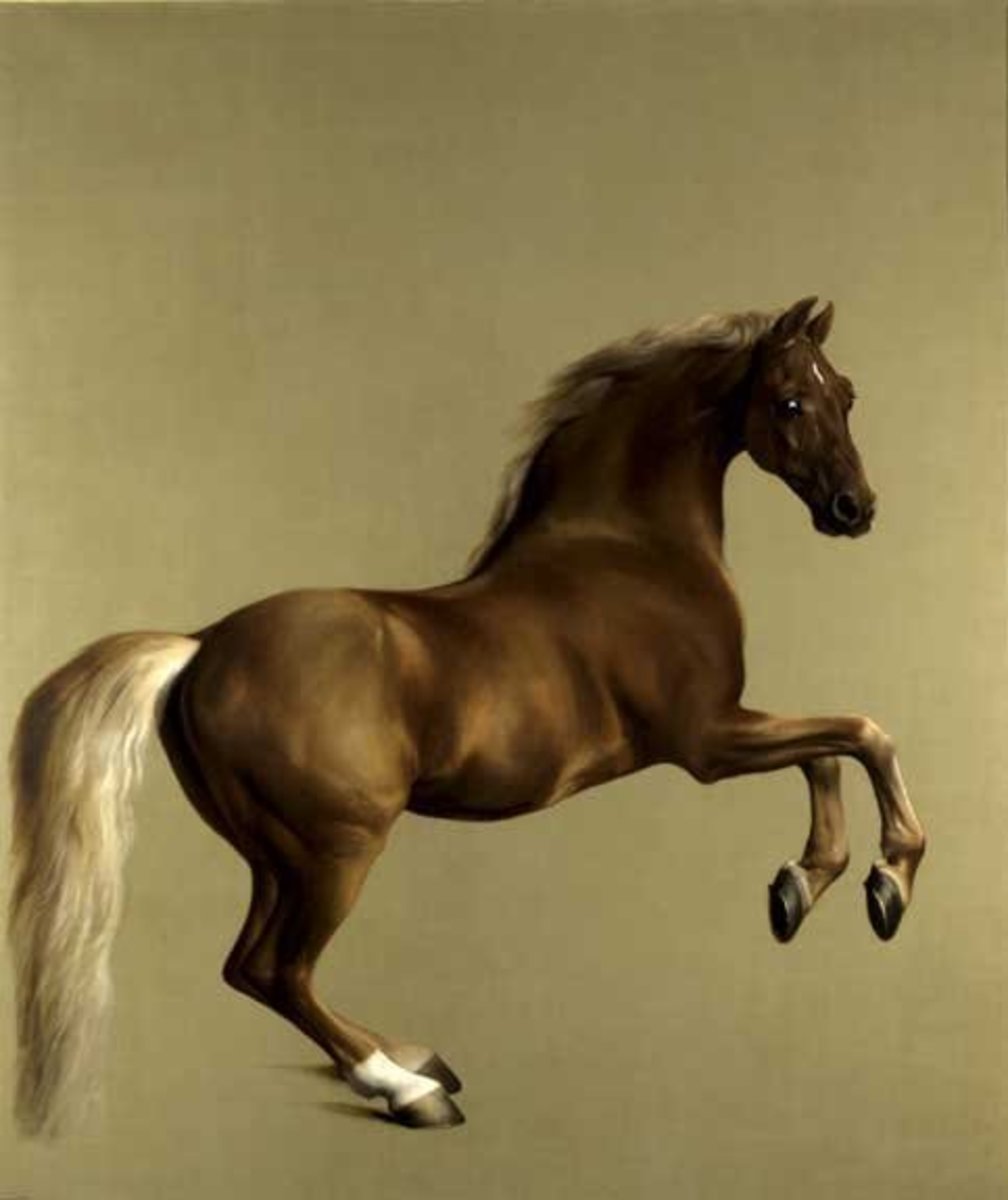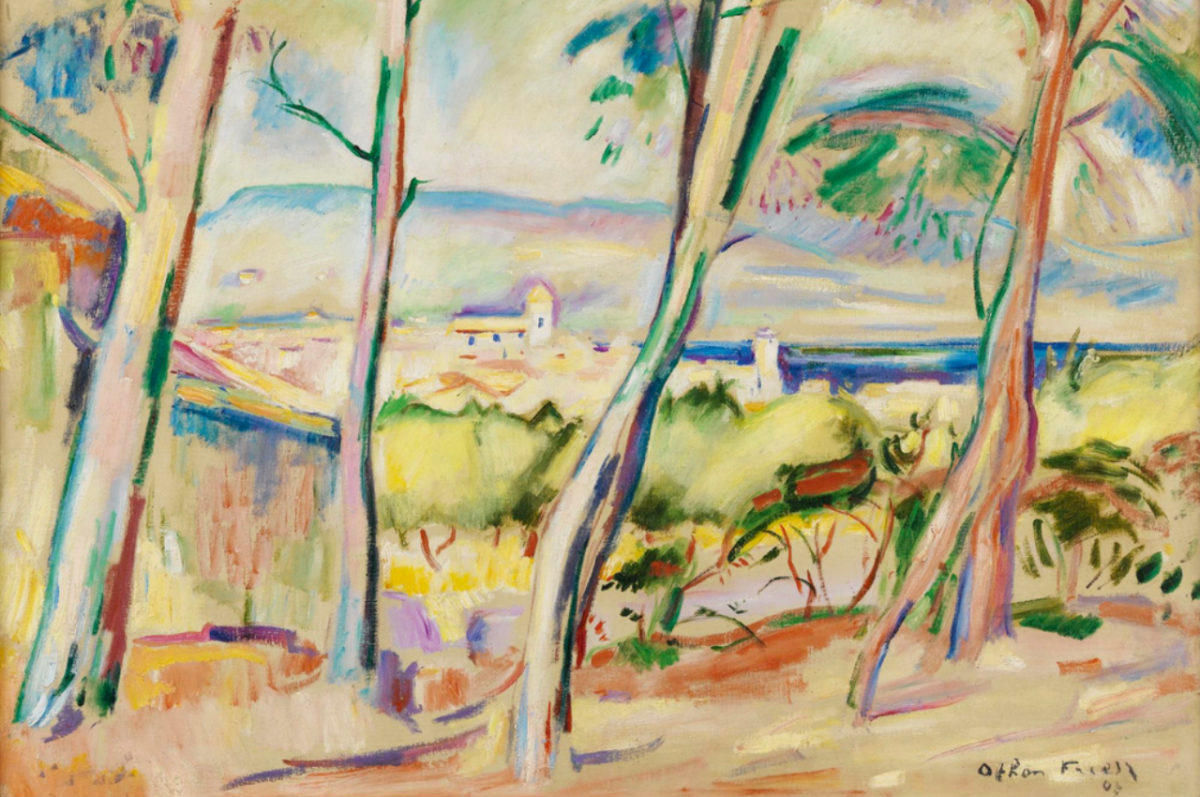Alley in the Eye of the Heart: Attempts to Catch Love

On the night of Valentine's Day, the Lebanese band opened its play "In the Heart: The Love Project" in Beirut, after it presented it last year in Italy. The play, directed by Maya Zbib (Collective Writing), relies on a common approach to play on the vulgar notions of this intense situation, based on interviews, stories and true love experiences for lovers of many backgrounds.
The play overlooks the meaning of love, not because of scarcity and intent to say, but because of the flow of tales of encounter and separation in the show "In the Eye of the Heart: The Love Project" which was opened by the "Alley Band" on the night of Valentine's Day on February 14th in "Studio Alley". The show is about love. However, this classic and wide subject, which occupied literature, theater, music and all arts, cannot be an acronym for any work, but rather comes as a starting point that makes it difficult to restrict. The play, which Maya Zbib directed from a text that the band members wrote collectively, depends on a common approach to playing on the vulgar concepts of love, starting with choosing the timing of the show. As if work begged easy doors to exhale extreme and complex feelings, but that would only lead to the demonstration of the impossibility of apprehending the state of love. The text is based on interviews, stories and true love experiences for lovers of many backgrounds. As far as stories and voices continue to appear on the stage, the show appears without a specific decentralization even for the four actors' roles (Maya Zbib, Lamia Abi Azar, Junaid Sarieddine and Nasri Al-Sayegh) accompanied by the dancer, The Pearl of Ghandour, and joined by Muhammad Hamdan in some scenes. There is not a single peak moment, but many peak moments. Each story we listen to, no matter how brief, contains its own climax. The whole work appears legitimate on these moments, which sometimes arise with absolute absurdity, and end with double absurdity, while actors on the stage experience intense and heavy moments that do not dissipate with the end of the relationship.
The play (80D) begins with the actors who cut and recite random details written to us on papers they hold in their hands and throw them together. They are the remains of relationships, and may suffice alone to summarize the whole relationship: sweater, underwear, plate. From the start, the actors strive to engage the audience, and attract its direct interaction, such that each actor chooses a random person from the audience to read a message of love for. Instead of finding one meaning, the directorial offering remains stuck on the threshold of love. On the one hand, this bifurcation may serve the many meanings of love and its fragmentation, and its difference from one person to another, according to each experience. However, he sometimes cast the show in an acoustic nature, limited to informing and verbally describing various kinds of Platonic, sexual, emotional, and donkey love. Sentences that seem familiar to characterize the condition, are heard and consumed every day, some of which are tips that friends exchange to get rid of a relationship. The play plays on these familiar sentences for another contradictory purpose, demonstrating the fragility and strength of love at the same time. Instead of looking for it in its big and imaginative meanings, it calls to get it out of our nearby pockets. The play borrows from love its strongest attribute: the blind, ignoring any external and social context of these stories. Throughout the show, the relationship between the two lovers is confined to what they experience, their memories, the details of the experience of dispensing and moments of passion, and the illusion that suddenly dissipates.
On stage, storytelling is mixed with acting, as well as seemingly real conversations between actors as they try to describe love to each other. Actors go from reading the story to falling into it with short acting scenes. The theater becomes a space for three dimensions, in addition to the real-time dimension, which constantly seeks to invite the audience and bring love out of the context of the play. Directing seeks to develop this surplus situation, and remove it from the borders of the stage, in order to reach the instant space for exhibition with the public. Between narration and acting, actors interrupt these conversations, with intuitive questions about what love means. Lost feelings, or emotions, which actors sometimes call "donkey love", will not be able to describe the physical and psychological symptoms of the person who is in love, just as the lover suffers from describing his feelings. This is how they go to food and the relationship to eating, for this purpose.
The screenplay scenario (Natalie Harb) appears as a wall to separate the contexts of acting, narration and hadiths.
The scenography separates the contexts of acting, narration and hadiths between actors, and colorful lighting comes to embody the volatility of emotions.
The moments of sexual and physical climax disappear behind a thick glass wall, while actors find on their seats space for normal, satirical and dramatic conversations. And when speechless, the dancer's body shows the pearl of Ghandour in order to charge the ultimate emotional and physical moments, through the hip-hop dance that sometimes collapses. But sometimes it seems as if it is trying to ship what the text cannot reach, as it drops a thick and heavy dimension that is incompatible with the context of the show. The work remains between theater moments and reality, which often prevails. In the course of the play, the actors depart some objects from the closet in the corner of space, while based on the deliberate gender change in which some of the actors perform the roles of lovers and vice versa. The scenic aesthetic, in addition to the Scenography, depend on the colorful lighting (Nadim Daibes), which becomes the visual embodiment of the volatile emotions accompanied by the music of Ziad Noufal for the Lebanese underground songs (from Rift Company 2012-2019).
The band's attempts to engage the spectators ultimately amount to a kind of coercion that contradicts love. Love automatically loses one of its characteristics and secrets, when Maya raisins finally invite the audience to communicate together, according to ready instructions. This is the task that the play had to do gradually, and instructions come to force it out. Thus, the necessity of falling in love becomes another authority over the spectator, which seems to be another aspect of the religious and political authorities that impose their conditions on him.
"In Ain al-Qalb: The Love Project": 20:30 tomorrow night and the day after tomorrow - Alley Studio (Karantina - Beirut).








